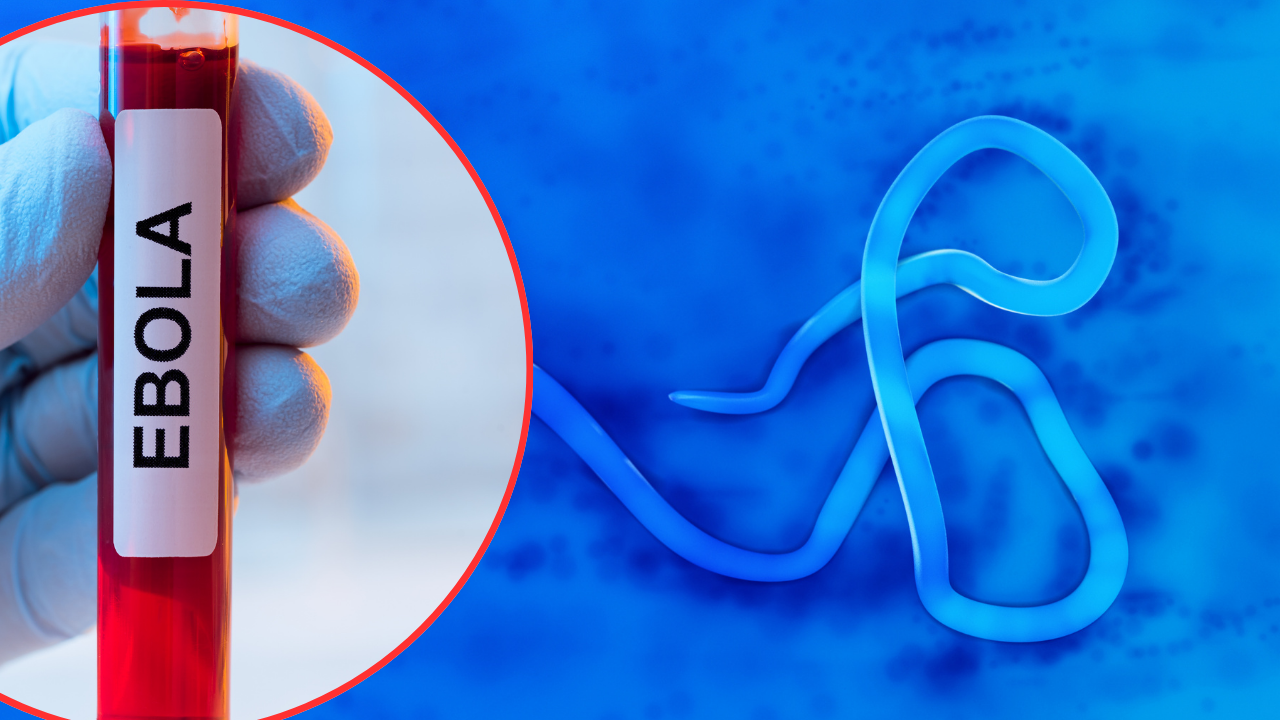Congo Ebola Outbreak Caused By The Zaire Strain So Far Has 28 Deaths, Confirms WHO

(Credit- Canva)
SummaryThe ongoing Ebola outbreak in the Democratic Republic of the Congo, which has claimed 28 lives along with 81 confirmed cases in the Kasai province is now being closely monitored. The WHO and DRC officials have delivered initial doses of 400 doses from their country’s stockpile, more to be delivered.
End of Article
